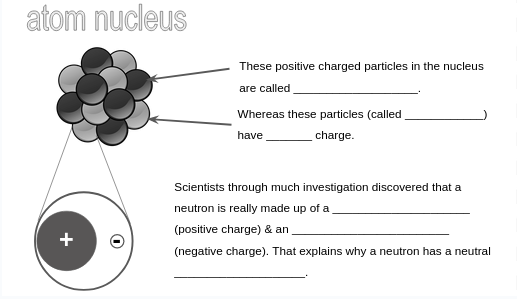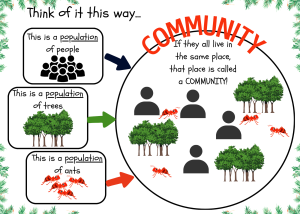Let’s talk about Doodle Notes! Here’s a different take on note-taking.
What are Doodle Notes?
Doodle Notes are like a mix of art, traditional notes, and coloring mixed together. Doodle Notes from my experience (those I have seen or made) are predrawn or vector images with spaces built in for writing-related notes. Outlined and properly laid out, the blend of images and text well does a great job of stimulating student memory and retention.

Advantages
1. Memory Boost:
Ever noticed how drawing helps you remember things? Though the outlines for images of Doodle Notes are predrawn, they still take advantage of this trait by turning boring info into memorable art and words.
It’s like creating a visual roadmap for your brain to follow. The student’s task is to find the right area in which to write concise notes and color images to enhance the information.
2. Engagement Overload:
Let’s face it – staring at a wall of text can make you fall asleep or drift off into the twilight zone. Doodle notes bring those notes to life, keeping your brain engaged and ready to absorb information.
Drawing and doodling require an active engagement with the material. This kinesthetic aspect can help students stay focused during lectures and discussions, preventing the mind from wandering.
Daydreaming during lectures? Goodbye!
3. Personalized Learning:
Though the images are predrawn and spaces provided for writing text, Doodle Notes still let you add your unique flair with colors, words, or additional doodlings. Regardless, doodle notes become a reflection of you.
4. Facilitation of Conceptual Understanding
Doodle notes can serve as a tool for clarifying complex concepts during and after note-taking. Visual representations can simplify abstract ideas. That makes it easier for students to grasp and understand the material.
5. Fun with Review:
When it’s time to review, say preparing for a final exam, Doodle Notes transforms all that information into a visual bite-sized feast. Again, the doodles act like memory triggers, making it easier to recall information. It’s like turning your notes into a highlight reel of your learning journey.
Disadvantages
1. Potential Distraction
While doodling, coloring, etc can enhance engagement for some, it might serve as a distraction for others. Students may find themselves more focused on creating the perfect masterpiece rather than on the content being presented.
2. Time-Consuming
For the teacher, elaborate doodle notes can be time-consuming to create. In situations where time is limited, that’s the mantra of ALL teachers, you might not be able to dedicate the necessary effort to produce detailed and visually appealing notes.
3. Not Universally Effective
Doodle notes may not suit every learning style. Some individuals may find that the visual aspect doesn’t significantly contribute to their understanding of the material. They may prefer a traditional method, like Cornell notes, of note-taking.
4. Limited Space for Text
The emphasis on visual elements in doodle notes can sometimes limit the space available for written text. This is why the layout must be planned out in advance. This can be a disadvantage when dealing with information-dense subjects that require more written explanations. And, for the maker of the Doodle Notes, more means more copying which translates into more copy paper. Many schools have limits on the number of copies a teacher can make.
5. Challenges in Group Settings
In collaborative or group settings, doodle notes may not be as effective. This is especially true with Middle Schoolers focusing more on those in the group than the work.
And then, some students may find it difficult to follow or interpret the visual elements. This can lead to potential communication barriers within study groups or when sharing notes.
Wrap Up
In conclusion, this ingenious approach to note-taking offers a unique blend of art, tradition, and creativity. Doodle Notes, with their predrawn outlines and interactive spaces for notes, transform the humdrum into a memorable visual treat. From giving memory a boost to preventing daydreaming during lectures, these notes are rife with advantages. They can breathe life into lectures with note-taking and provide a personalized touch to a student’s learning experience.
However, like any method, Doodle Notes comes with its set of challenges. Potential distractions, the time-consuming nature of creating them, and the fact that they may not suit every learning style are aspects to consider. Limited space for text and potential difficulties in group settings further highlight that while Doodle Notes can be a fantastic tool, it may not be a one-size-fits-all solution.
In the end, whether students dive into doodle notes, color their notes, mind-mapping, or prefer a more traditional approach, the key is to experiment and find what works best in your classes. The beauty of education lies in its diversity, and note-taking is no exception.
So, whether students sketch their way through lectures, highlight traditional notes, or prefer the classic Cornell notes, embrace the method that helps your students thrive in their academic journey.








One Response
This sounds like what I need.